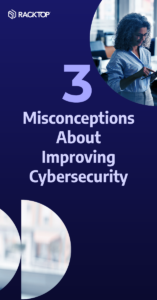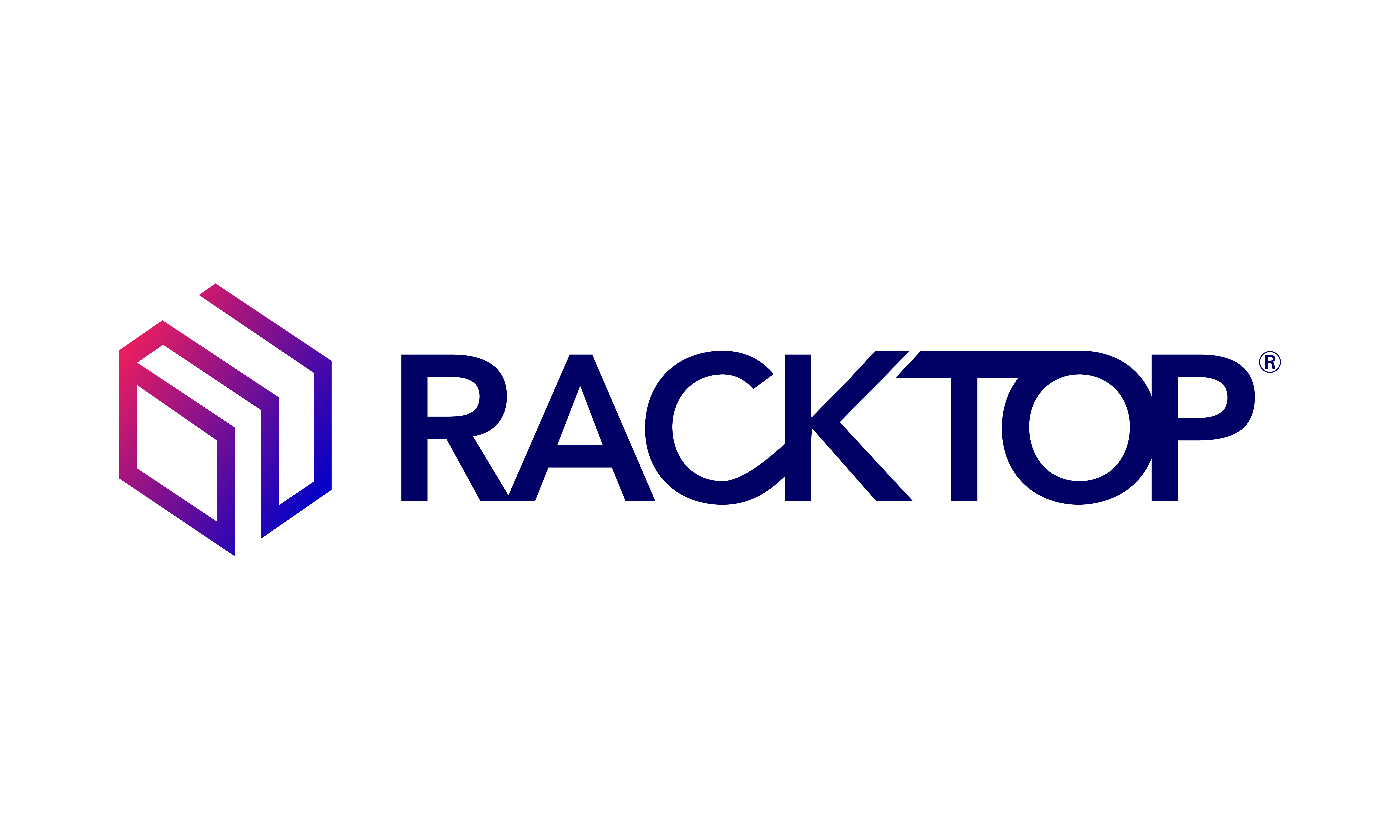 In the rapidly evolving landscape of cyber threats, improving cybersecurity is essential for protecting sensitive information and maintaining business continuity. However, there are several misconceptions out there that can potentially undermine efforts to bolster security measures.
In the rapidly evolving landscape of cyber threats, improving cybersecurity is essential for protecting sensitive information and maintaining business continuity. However, there are several misconceptions out there that can potentially undermine efforts to bolster security measures.
Misconception 1: Multifactor Authentication (MFA) and Single Sign-On (SSO) is the ONE thing you should do
MFA and SSO are often touted as robust security measures, leading to the misconception that they alone can ensure comprehensive cybersecurity. While MFA adds an additional layer of security by requiring multiple forms of verification, it is not infallible. MFA can be bypassed through phishing attacks, social engineering, or advanced tactics like SIM swapping. Similarly, SSO simplifies user access by allowing a single set of credentials to access multiple applications, but it also consolidates the risk. If SSO credentials are compromised, attackers gain access to all linked applications.
To effectively enhance cybersecurity, MFA and SSO should be part of a multi-layered approach. Organizations must also implement continuous monitoring and user behavior analytics. Combining these measures with MFA and SSO creates a more resilient defense against cyberattacks.
Misconception 2: Endpoint Detection and Response (EDR) is a silver bullet
EDR solutions are designed to detect, investigate, and respond to suspicious activities on endpoints such as laptops, desktops, and mobile devices. The misconception here is that EDR is a catch-all solution that can prevent all cyber threats. While EDR is a critical component of a comprehensive security strategy, it is not a reliable strategy by itself.
EDR systems rely on the detection of known threat patterns and behaviors, meaning they can struggle with zero-day exploits and sophisticated attacks that do not match existing patterns. And adversaries often try to find devices to exploit that don’t have an agent like a multifunction printer (MFP). In some cases, hackers have been able to coopt the endpoint agent to do nefarious things in a data breach.
Organizations should complement EDR with other security measures, such as network monitoring, cyberstorage, and proactive threat hunting. This layered security approach ensures that even if one line of defense is bypassed, others remain to mitigate the risk.
Misconception 3: Cybersecurity is only a cost center
A prevalent misconception is that cybersecurity is merely a cost center, draining resources without directly contributing to the business’s profitability. This perspective overlooks the critical role cybersecurity plays in protecting the organization’s assets, reputation, customer trust, and ability to operate during or after an attack. The cost of a data breach can far exceed the investment in preventative measures, encompassing financial losses, legal ramifications, and reputational damage.
Viewing cybersecurity as a strategic investment rather than a cost center is essential. Effective cybersecurity measures can enhance business resilience, ensure regulatory compliance, and provide a competitive advantage by enabling the organization to function while its competitors are down because of a cyber incident. For example, with both the CDK and United Change Healthcare outages, their customers were unable to conduct normal business. An automobile dealer not on the CDK platform could outperform their competitors and process loans. Payers and providers not using Change Healthcare could continue to bill and generate revenue efficiently.
Integrating cybersecurity into the business strategy enables organizations to innovate securely, leveraging new technologies without exposing themselves to undue risk. Secure innovation enables greater efficiency and the ability to offer a superior service to your customers compared to your competitors.
Moving to Zero Trust
Addressing misconceptions about cybersecurity is crucial for developing a robust defense against data breaches. Incremental steps and improvements to cybersecurity isn’t sufficient in today’s environment where the adversary only needs to find one vulnerability to create millions of dollars in damages. Organizations must make investments in new solutions focused on protecting the data itself, like cyberstorage. With a zero trust approach, you must assume breach and you must also assume that at least one of your cybersecurity tools will fail or be used against you. Finally, both IT and cybersecurity should be viewed as a strategic investment rather than a cost center. As we leverage more advanced technologies like large language models (LLM) to deliver critical business services, we will also need to advance our cybersecurity.

